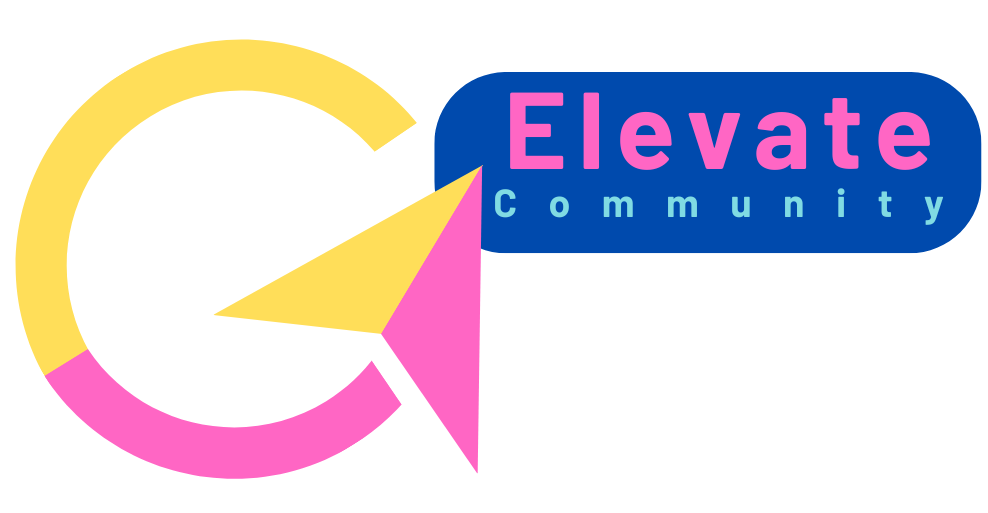In their article, “The New Science of Customer Emotions,” Scott Magids, Alan Zorfas, and Daniel Leemon suggest that connecting with customers’ emotions is imperative to drive loyalty, engagement, and increased revenue.
Through years of research, they discovered over one hundred and thirty different types of emotions that a consumer might have for a brand. And, while brands are distinct, consumers’ emotions for a certain brand category or industry may be more similar.
They propose that the same ten motivators are prevalent across all categories they studied. And, while higher education – development and alumni relations in particular – are not included in their study, their work provides an interesting tapestry of how and why people engage with brands. It can be inferred that our donors, friends, and alumni act to interact with charities and their alma mater similarly.
The top ten motivators listed below were found to create value for consumers across all categories studied:
| I am inspired by a desire to | Brands can leverage this motivator by helping customers: |
| Stand out from the crowd | Project a unique social identity: to be seen as special |
| Have confidence in the future | Perceive the future as better than the past: have a positive mental picture of what’s to come. |
| Enjoy a sense of well-being. | Feel that life measures up to expectations and that balance has been achieved; seek a stress-free state without conflicts or threats. |
| Feel a sense of freedom. | Act independently, without obligations or restrictions. |
| Feel a sense of thrill. | Experience visceral, overwhelming pleasure and excitement; participate in exciting, fun events |
| Feel a sense of belonging. | Have an affiliation with people they relate to or aspire to be like: feel part of a group. |
| Protect the environment | Sustain the belief that the environment is sacred: take action to improve their surroundings. |
| Be the person I want to be | Fulfill a desire for ongoing self-improvement: live up to their ideal self-image. |
| Feel secure | Believe that what they have today will be there tomorrow: pursue goals and dreams without worry. |
| Succeed in life. | Feel that they lead meaningful lives; find work that goes beyond financial or socioeconomic measures. |
FROM “THE NEW SCIENCE OF CUSTOMER EMOTIONS,” NOVEMBER 2015 © HBR.ORG
Alumni associations have been tapping into the following:
- Stand out from the crowd – the alum is unique because there are few other places where she has spent as much time in her formative years. She is part of a unique group of people who have successfully completed the steps to be part of the group/ alumni association.
- Feel a sense of belonging – have an affiliation with people they relate to or aspire to be like; feel part of a group.
- Succeed in life – Feel that they lead meaningful lives; find work beyond financial or socioeconomic measures.
In fact, these three motivators are the foundation of most alumni associations. You can’t be a member until you’ve proven in some way that you’ve successfully completed the coursework (for example). Someone won’t be a career mentor, for example, unless they feel that they have something to offer others (that is gained through experience/ success in life such as – work, connections, and networking…).
Are there ways that alumni associations can cultivate these feelings more deeply? That they can integrate these emotions across the customer journey. Instead of sending out an appeal to be a career mentor, can the story of someone mentoring a student be incorporated into more frequent communications?
Is there a way to build these emotions into the special events – not just homecoming or on-campus events, but can nostalgia be built into all communications, into all appeals?
There will be instances where the emotions of succeeding in life support a sense of belonging; there are times when it won’t, and not everyone acts on the same emotions. Understanding what drives individuals is key to designing a unique donor/ volunteer/ alumni experience. One that will lead to a lifetime of involvement.
But what other areas can be developed? If we look at the final one, “I am inspired by a desire to succeed in life” an alumni association can leverage this by offering volunteer or mentoring opportunities, creating opportunities for young alumni to find mentors, additional courses of study, or opportunities to talk to incoming students about their experience. This information can be collected with the voice of the customer program – it can be used to help facilitate gift and volunteer opportunities. Or shared a message with other alumni of the same year/ major/ activities. These stories and reasons to connect can and should be shared with the community.
Many organizations provide these opportunities – but how can they become more enticing? How can they make the alum feel ever more connected and even more inspired to attribute their success in life to the organization by feeling more inspired to continue to volunteer?
The objective is to understand what motivates individual alumni participation and then lean into it by directly tying activities to support and reinforce that success.
The authors discovered that unconscious desires could be fulfilled by understanding consumer motivators. Like when working with a donor and uncovering what is most important to them, what legacy do they want to be known for? How can alumni associations discover that same unconscious motivation across their engaged alumni body?
Unlike other industries, we know our customers. In fact, we’ve had a hand in truly shaping their life trajectory. We know how to create amazing events; we know how to use nostalgia to build deeper relationships. We can improve by showing our customers (donors, students, alumni employees, alumni, parents…) that we truly care about them (because we do) by listening to them and understanding the multiple pathways that they reconnect and remain connected to our school. As we reach out to them and engage with them to create the best experience, we need to remember the emotions they feel and want to feel when they connect with us.
Reference
Magids, S., Zorfas, A., Leemon, D. (2015). The New Science of Customer Emotions; a New Way to Drive Growth and Profitability. Harvard Business Review. https://hbr.org/2015/11/the-new-science-of-customer-emotions




